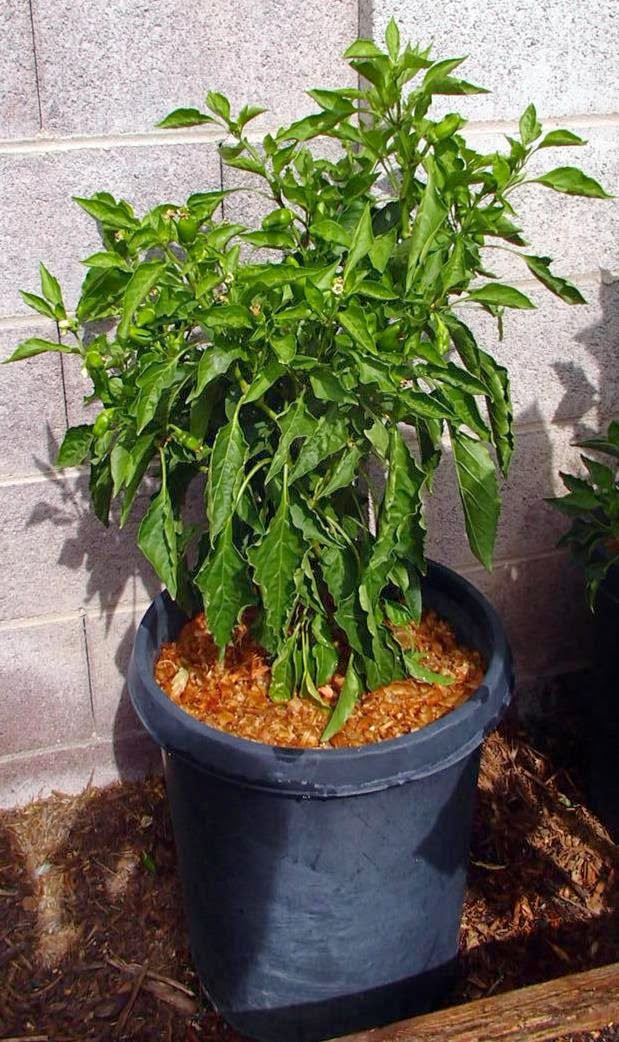Q. I
have a beautiful 10 foot tall oak that has provided privacy with it's wonderful
light green, very dense foliage. I enclosed a picture of a rapidly expanding
bark rot-looking area that seems to be circling the trunk and moving upward at
the same time. Can this be stopped, cured, or is it life threatening to the
tree?
 |
| Damage to trunk of oak from reader |
A. From
your picture, which I posted on my blog, this damaged area of the trunk near
the ground seems to be on the mend. You can see the bark “rolling” in over the
wound. Allow for the tree trunk to heal on its own. Pull away any rock or wood
mulch touching the trunk and make sure irrigation is not too frequent.
 |
| Tree tissue rolling over large wound |
From
the looks of the damage, this was a “traumatic” event and not a disease. After
damage like this the living layer around the damage forms a “compartment” that
isolates the damage and heals over and around the wound. This reaction is
normal to a healthy plant after an injury that is a one-time event and not
getting worse.
At
first it looked like collar rot, a disease, that was developing but I don’t
think so. Just to be on the safe side, pull any gravel or would surface mulch
away from the trunk a distance of 12 inches and keep the trunk as dry as
possible.
If
there is irrigation water applied close to the trunk, then move the source of
the water a distance of 18 to 24 inches away from the trunk. When you are
watering, avoid daily or every other day irrigations which might keep the soil
wet.
Deliver
the water the tree needs for several days all at once, not a little bit every
day. Judging from the size of your tree this might be around 20 gallons at a
time.
Trees
of this size should receive water from drip emitters in at least four different
locations under the tree canopy. If you are delivering 20 gallons and you have
four emitters then they need to run long enough for each of them to deliver 5
gallons each.
In
winter, irrigate about once every 7 to 10 days or possibly longer if you can
determine the soil still has moisture. In summer time you might water once or
possibly twice a week if you have several inches of mulch laying on the soil
surface.



.JPG)

.JPG)




